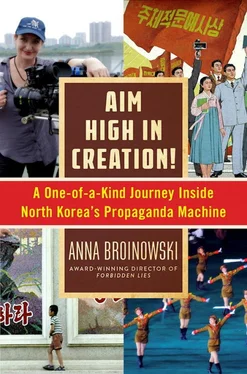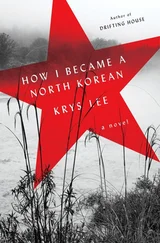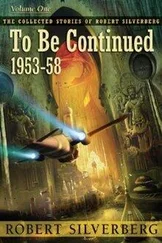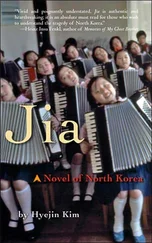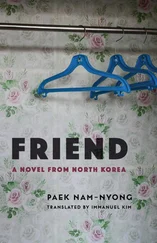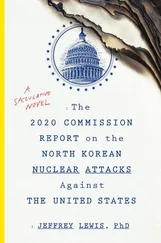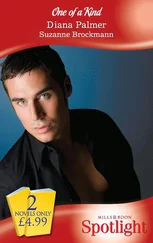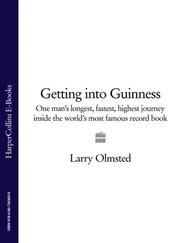I wonder if the director’s careful explanation is designed to dissuade the Americans from analysing his film for clues in the future, clues that might make North Korea easier to invade. He turns to the screen, its silvery light illuminating his calm face, and I realize that invasion is the one thing that connects us across our otherwise uncrossable political divide. His invaders possess seventy thousand tonnes of nuclear firepower that could obliterate his country in an instant. My invaders have an arsenal of chemicals that could pollute our water for centuries. We are both making films to give people the conviction to fight.
But I also know the director would not be helping me now if the miners in The Gardener were Australian instead of South African. Without the bogeyman of a ruthless foreign invader, coal seam gas becomes a national enterprise—which is something that the North Koreans must support without question. If Kim Jong Un decided to frack the ancient forests of Mount Myohyang, the director and Mr. O—in public at least—would be unquestioningly behind it.
“I like the message of your film,” the director says when the projection finishes, rising to shake my hand. “Unfortunately, I haven’t had much opportunity to learn about Australian movies. But now you’ve visited us, I’d like you to communicate closely, so that we can make high-quality films together in the future.”
“Filmmakers are family,” I reply, touched.
The strange sense that we’re all on the same creative page continues when we interview Mr. O and his designer, Mr. Kang, in a bare, low-ceilinged room bordered by rose bushes. Mr. O uses Nic’s set-up time to examine our digital camera, and the fastidious Kang makes sure—just as a Western designer might—that our radio-mic wire does not obscure the Kim Jong Il pin on his perfectly starched lapel.
“Your movie is about preventing gas mining to preserve ecology,” says Mr. O. “I like the gardener a lot. Setting her in beautiful scenery, you should use natural light to portray her as even more beautiful than she is in person. Just like the scenery, she should be shot in a fantasy-like way, with a neat and pretty silhouette. Don’t just use camera techniques to do this. Use natural light, with lots of bounce light to make her eyes and skin tone come alive.”
Kang is more guarded. He instructs me to make Riccard “exquisitely dressed, like a gentleman.” North Korean film design appears to have evolved since Kim Jong Il instructed that the villain’s costume should be “undesirable.”
“Negativity is most of all expressed through the actor’s skill,” Kang confirms. “We don’t just give the villain dark and cold colours because he is bad—and we don’t use bright colours just because a character is a hero. If we did, it would feel too artificial. You also need to make your home village much more photogenic and clean than it looks. Perhaps Karen can have a plot of flowers in the middle of town, to act as a metaphor for the park.”
Kang folds his arms, satisfied with his offering, and Mr. O chuckles: “Art directors are stubborn, aren’t they? Once they decide something is perfect, but maybe not perfect from a director’s perspective, there’s conflict. But I trust Comrade Kang. So I let him take the lead.” Both men are adamant that I should not use the fast-cutting that is trendy in the West. And both are absolute about the need to shoot on celluloid. “We are going digital, like the rest of the world,” Mr. Kang says pointedly, glancing sideways at the Man in Black—who, as usual, is in the corner, taking notes. “But celluloid is indisputably more beautiful.”
Mr. O nods. “We also use fast-cutting,” he says, “but we prefer ‘one cut per scene’ to keep the emotional flow. This is how our Supreme General instructed us. I think in general, emotions are different from in the past. They are getting faster. Shooting and cutting are following the speed at which human emotions are changing. Older people, like me, like slower transitions.”
I smile at this civilised man, agreeing entirely. Our feelings have sped up, along with our attention spans. The gentler storytelling he’s advocating is more meditative—designed for viewers who still have time to imagine. And celluloid does have an organic beauty that even the most expensive HD cameras fail to replicate. I have no idea how to find film stock and processing labs in Sydney’s aggressively digital post-production scene—but I’ll try. And Kang’s right too: Erskineville, on its bad days, is a grotty, junkie-infested dive, which would be vastly improved by some artfully planted flowers. The only thing I can’t endorse is Kang’s assertion that North Korean cinema is going digital. Everything we’ve seen so far places it firmly in the 1960s: the last decade of analogue.
“Your crew is working very hard,” Mr. O observes, watching Nic adjust his light for a close-up. “I look forward to seeing your movie. I hope you can all keep the spirit up to the end!”
The Man in Black has left the room, bored by our technical chatter. Figuring this is as good a time as any, I pull out my smuggled copy of the Inner West Argus , unrolling it on the table. In this pristine room, it looks grimy and cheap. “This is a paper from Sydney,” I say, pointing at a crumpled picture of protesters waving No Gas banners in Sydney Park.
“It is a small village paper,” Sun Hi adds helpfully. “That’s why it looks so humble. Those are her villagers, fighting the mine.” Kang analyses the paper with the intensity of someone devouring a gourmet meal. Mr. O reads the headline in halting English: “ People Power vs Gas Mine! ”
“That’s right!” I say. “But my script has no leader like Kim Jong Il. Is that a problem?” Sun Hi looks shocked by my dropping of the honorific, but dutifully translates. I am expecting Mr. O to give the same answer that Ms. Jang, the rom-com writer, gave yesterday: “People can only defeat a powerful enemy if they are led by someone as magnificent as Kim Jong Il and Kim Jong Un.”
“But we don’t respect our leaders like you do,” I had protested, and she’d laughed at the absurdity of the idea.
“That’s because they are letting gas destroy your farms. Given that fact, it is okay not to have a leader in your film,” she said. “But is there really no great politician you look up to?”
Karen’s grassroots leadership was clearly not enough: to be a true North Korean homage, my film needed a uniting figure of godlike proportions. “Well, there is this Greens senator called Bob Brown, but he’s retired,” I offered, and Ms. Jang’s eyes lit up: “That doesn’t matter. If Miss Anna likes him and he’s against gas, then you must show the Dear Leader Bob Brown at the end of the film, standing with the villagers, surrounded by a golden light.”
I thanked Ms. Jang, imagining the laconic Bob Brown in gold-framed Technicolor, beaming Kim Jong Il–style from Erskineville’s dirty lampposts, and filed her idea away in my discards list—along with her suggestion I should rename my film The Tranquil Pelican .
Now, Mr. O has a new idea, and the audacity of it takes my breath away. “Rather than using a leader to say what you want to say, use people power,” he says. “Show how powerful it can be. Even in our country, the true revolutionary hero is the People. People rally to protect the environment not just for the sake of it. They have a common interest, which is to use resources sparingly. This is the source of their power. If you can portray that in your movie, a leader isn’t necessary.” I ask Sun Hi to translate again, to make sure I’d heard her correctly. She does, and I did. Mr. O’s cheerful smile hasn’t changed, but he’s just said the most subversive thing I’ve heard in North Korea: The true hero is the People. A leader isn’t necessary.
Читать дальше
